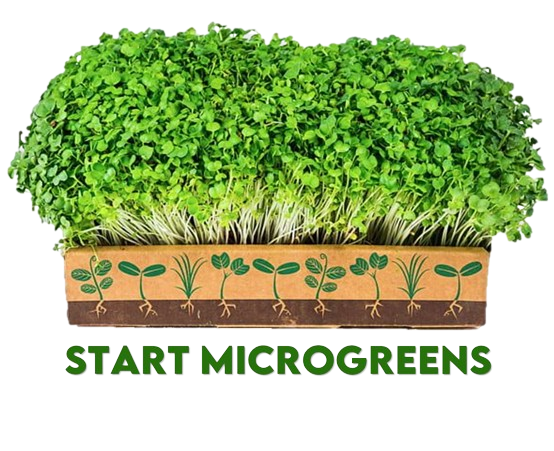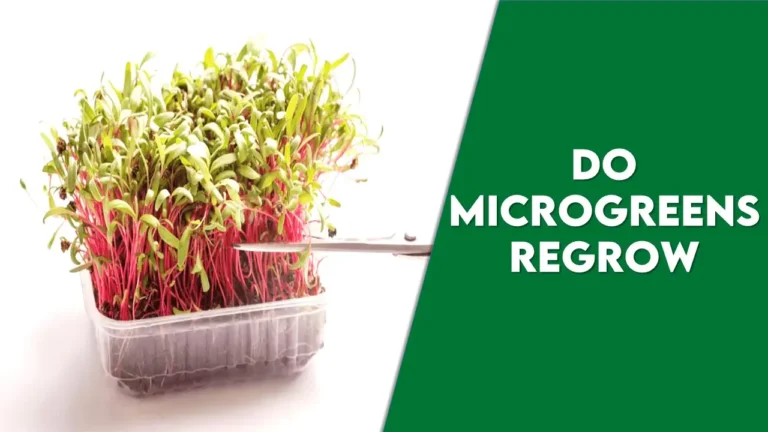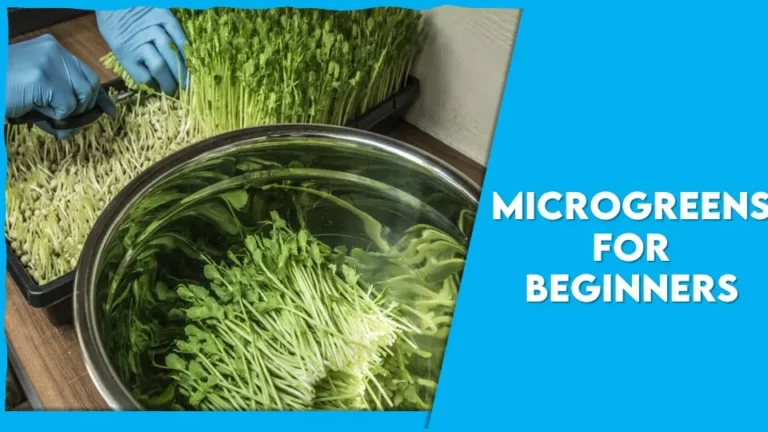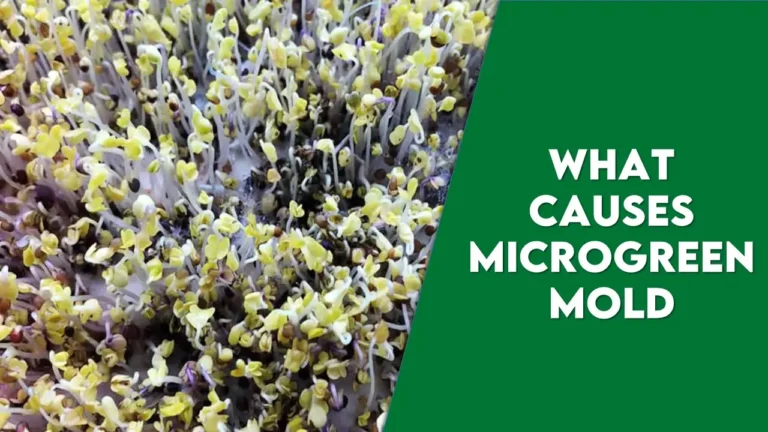Introducing you to microgreens is like getting into a universe of microorganisms; they barely multiply, but have a huge output of taste, nutrition, and gastronomy. Along with the increasing number of people preferring healthy diets and sustainable living, the demand for these microgreens has been immensely found. Any entrepreneur or a green thumb can find the art of developing microgreens quite rewarding and useful in bringing in not only a new hobby but also a profitable business idea. But, how to sell microgreens?
However, there is a big gap between the simplicity of indoor farming and selling your microgreens efficiently and effectively since it requires mastery, prudence, and an in-circuit knowledge of your market. Whether it is a home gardener who wants to make his or her green fingers into green money or a new entrepreneur who desires to chase his dream by marketing microgreens, this guide is the gateway for you to acquire the know-how and required tools to compete in the present harsh microgreen market.
Even the most intuitive manners can be hard to put into practice, there are a few aspects of the selling process that we will cover, beginning from understanding the target audience and selecting the correct range of veggies or fruits to the market, building relationships with customers, and perfecting the techniques. If you love microgreens to the point of thinking about it all the time and turning your passion into profit seems like an unrealistic dream, this is a journey we can make together.
This guide will help you know about how to sell microgreens. It tells not only about flourishing trays of microgreens but also about a business that is profitable and sustainable so that you can achieve the greatest impact in your community and outside the community too.
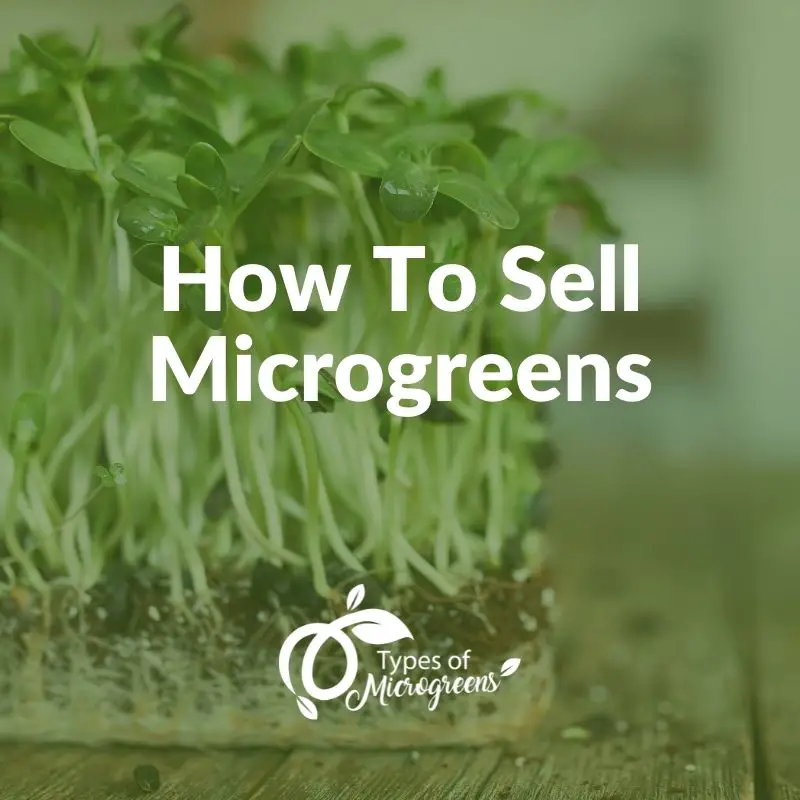
Tips To Be Followed On How To Sell Microgreens
Understand Your Market
Remember to do the market research before you jump into selling microgreens. You should know whether there is a market in your region. Establish numerous connections with prospective customers like restaurants, local markets, health food shops, and private consumers ready to have a healthy lifestyle.
Choose Your Microgreen Varieties
To have a wide variety of microgreens for the many tastes and individual likes, make them a variety. Traditional varieties have to be selected to ensure more product penetration.
Source Quality Seeds and Supplies
Invest in good quality seeds, soil, trays, and other growing supplies to ensure you have healthy and elegant growing microgreens that all will wish to buy. For instance, it could be one of the strategies that you produce organic seeds, sustaining farming materials to attract and satisfy green- and whole-food lovers.
Grow Microgreens Consistently
Follow the same growing schedule to continue a constant microgreens supply. The environmental conditions such as temperature and humidity should be maintained accordingly as minute changes can affect the quality of the produce.
Package Your Microgreens Professionally
Visuals will be mandatory when marketing microgreens. Make sure your microgreens are put in tidy, appealing packages that preserve freshness for the consumers and boost their shelf appeal. Eco-friendly packages as a consideration for customers who pay much attention to the environment could be put into practice this way.
Set Competitive Prices
As microgreens are getting more popular, it is important to research their prices in your area and set prices that reflect the quality of the product. It may be worthwhile thinking of providing the customers with discounts that will be available when they buy in bulk or sign up for a subscription service to increase engagement and loyalty.
Market Your Microgreens
Leverage numerous marketing channels in the course of advocating your microgreens. Design an online marketplace or store where customers can make orders. Social media platforms such as facebook and Instagram can be used to market the produce as these platforms help us in reaching wider audience. Visit either the farmers’ market, the food festivals, and the community events to master those techniques of speaking to a wider audience.
Build Relationships with Customers
Build a special relationship with your clients by having outstanding customer service that is executed with the utmost quality through maintaining high–quality products. Respond quickly to communications and queries and let your customers know they can count on you.
Seek Feedback and Adapt
Patron feedback is crucial in product and service improvement, therefore, it is vital to solicit this feedback continuously. One should follow the market trends and be ready to change their offers by introducing new ones if demand requires.
Comply with Regulations
In addition, make sure you are wary of the local ordinances and food safety regulations that apply to selling micro greens. Make sure to meet health and safety standards since the goals of neglected concerns can be a danger to not only your business but also your customers.
Marketing Strategies To Be Followed on how to Sell Microgreens
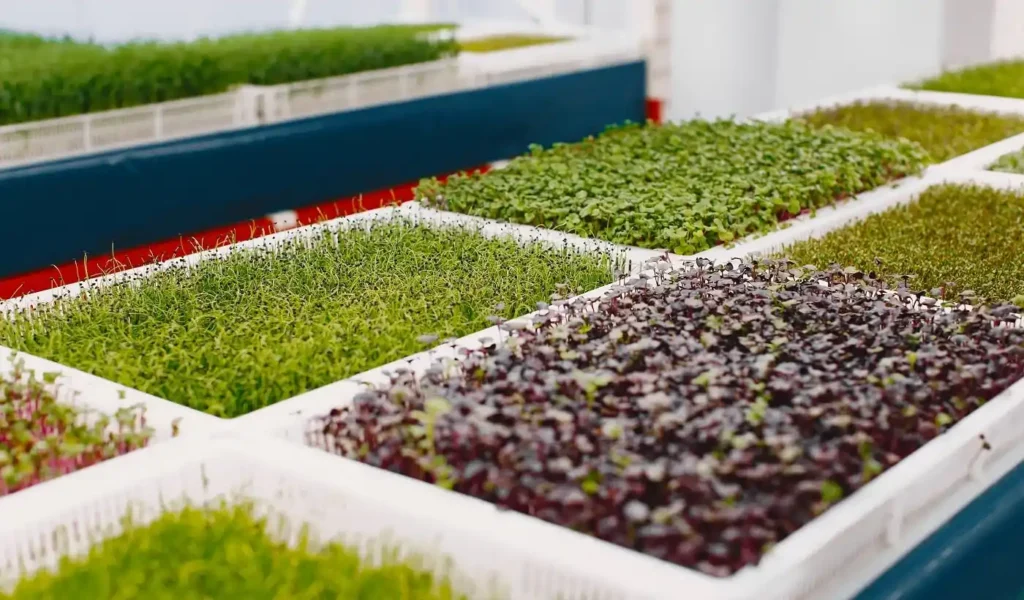
Highlight the Benefits
Inform your target market about the health benefits, various ways of cooking with microgreens, and the fact that they are locally grown. Incorporate narrative with high-engagement content to communicate the process of the start from seed to harvest and highlight the nutritious values of your products.
Offer High-Quality Products
Besides having a regular supply that is fresh and tasty, care for the visual presentation of the microgreens. Invest in quality seed, sowing substrate, and planting method to germinate extraordinary microgreens competitively within the market.
Differentiate Your Brand
Make your micro-greens business unique by offering unique varieties of micro-greens as well as specialty blends or take this business another step forward in the market by providing your customers with micro-green kits or recipe guides.
Utilize Online Marketing
Digital marketing is your best bet to access new markets and push up the volumes. Develop a nice website or an online store that uses SEO, and operate the social network accounts of your brand to exhibit and share the products, create and share content, and engage with your customers. If the digital marketing component goes well, it indicates that you have almost made the most of your sales even without the customer coming to you. A proper research is needed in this area.
Offer Samples and Demonstrations
Assure samples for the microgreens at farmers’ markets, food festivals, and public events to supply people with knowledge of your products from texture and freshness. Speculate upon having cooking demonstrations or workshops on show microgreens to tempt fresh buyers.
Create Bundles and Promotions
Stimulate customers to become greater numbers of microgreens sales by offering discounts for bulk purchases, bundle deals, or special season discounts. Generate loyalty programs or refer-a-friend perks for your existing clients as they do the rest of the work by promoting your business to others.
Network and Collaborate
Nurture partnerships with other entrepreneurs who own businesses, restaurants, farms, and community organizations near you to tap into your network and create the chance of joint ventures or joint publicity. Think about formulating arrangements with restaurants where they could have your microgreens on the menu and partnering with a few local retailers could be of great help to each other. You can also go for collaborations with influencers and health freaks to introduce the product to the audience.
Monitor and Adapt
Keep in mind to regularly track sales stats, customer feedback, and market trends to evaluate the success of your strategies and perform adjustments when needed. When it comes to selling microgreens it is not just about the indivision of a product; it is about delivering an experience to your customers, that melts their taste buds, feeds their bodies, and connects their beings to the world of a healthier and sustainable agriculture. New sale strategies have to be adapted which can be done by proper research on sales and marketing.
How Much Do Microgreens Sell For
Microgreens are usually preferred by most health freaks and when people get to know about healthy food and healthy drinks, the first thing that strikes their mind is the high price. But, this is not the same with microgreens. The price of microgreens differs for each variety of microgreens you choose. The price range usually starts from fifty rupees for about 100gms and can go to two to three hundred depending on the type.
It also depends on the quantity and availability. Exotic microgreens such as broccoli and parsley would be costlier when compared to native microgreens such as amaranthus and beetroot. Even within the same type of microgreens, the price varies depending on the variety they choose to grow. If you opt for the subscription boxes, you might get good quantity in affordable range.
Conclusion
This is all about how to sell microgreens. Cultivating both understanding your niche market and factors in selling high-quality microgreens to successfully market your products all help to build strong relationships with customers. While this industry is fast-paced and may be difficult to navigate, I strongly encourage you to always have an open mind, welcome feedback, and continuously embrace innovation to avoid becoming obsolete. Keeping in mind that you are embarking on a voyage to pursue the real challenges and opportunities in selling microgreens, let your passion for a healthy lifestyle and environmental stewardship be at the forefront.
Your decision to offer the best quality – fresh, nutritious, and sustainable, products will not only raise your income but also contribute to the betterment of your local area and the environment at large. Whether you are a horticulturist deeply seasoned or a newbie gardener, do not let pass the chance and use your love for microgreens to start a successful business. Perseverance coupled with the right creativity and customer satisfaction can be what you need to get not only money and fame but also a lasting legacy of health, sustainability, and gastronomical enjoyment. Cheers to your wonderful crop journey in tiny powerhouse greens!
Latest Post
- Most Popular Microgreens to Grow

- Filling Trays and growing of Microgreens

- Different Ways to Grow Microgreens at Home

- Different Types of Microgreens and Their Benefits

- Sprouts vs Microgreens

- What Causes Microgreen Mold?

- Disadvantages Of Microgreens ? 3 things you must know

- Get The Ideas On Where To Sell Microgreens: The 6 Best Ways

- How to grow Microgreens without Soil: Easy tips for Gardener

- top 10 Most Profitable Microgreens In The Us
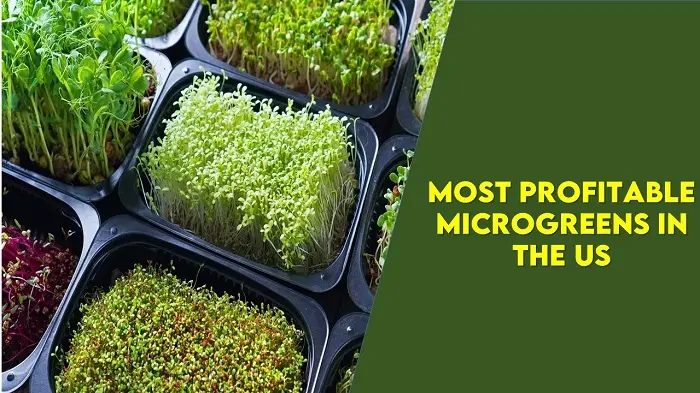
- Do Microgreens Regrow? – Best Ways To Regrow Them
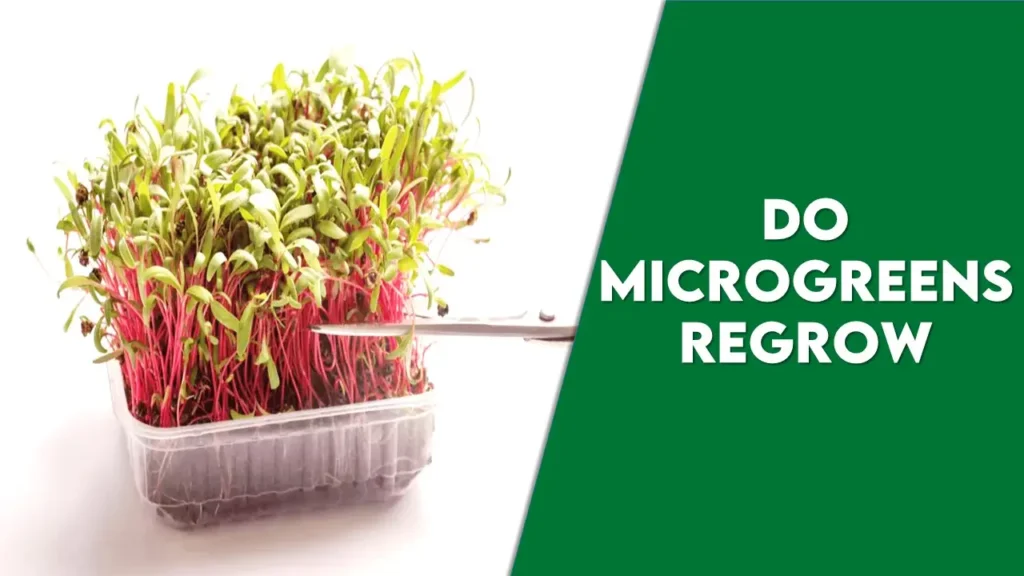
- Who Invented Microgreens ?- Revealing All The Hidden Truths

- 5 Easy Microgreens For Beginners
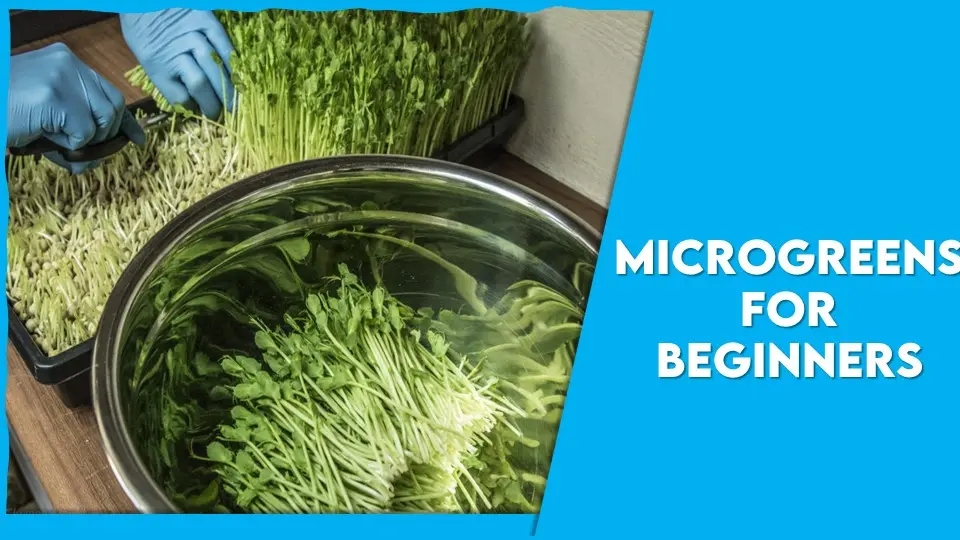
- What Causes Microgreen Mold – A Big Threat To Microgreens

- How To Grow Barley Grass – A Seedling To Amazing Superfood

- Microgreens vs Sprouts – Are They Same? – Let’s uncover the Facts
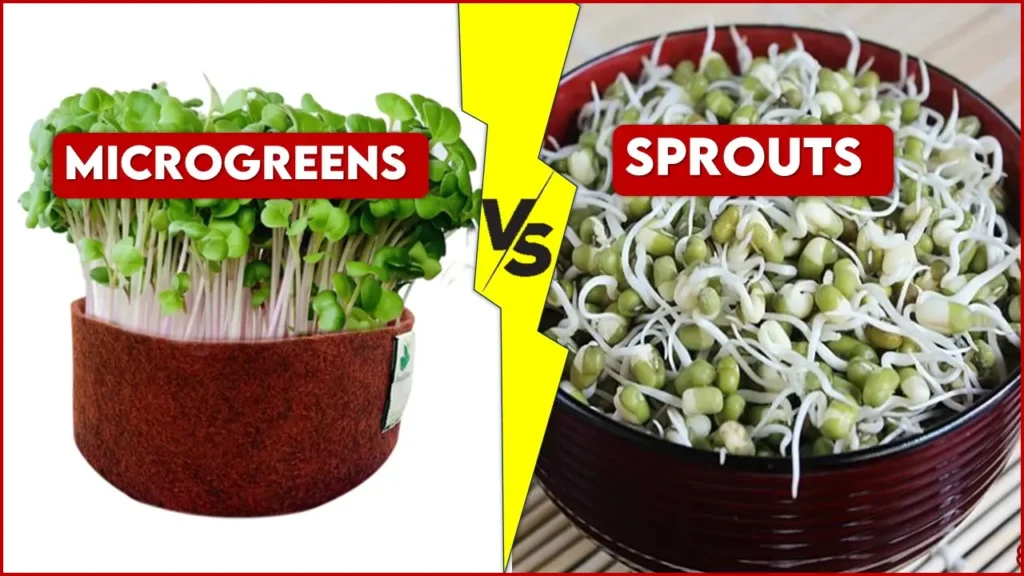
- Do I Need A License To Sell Microgreens – Things To Be Noted

- Microgreens Business – A New Boost To Entrepreneurial Revolution
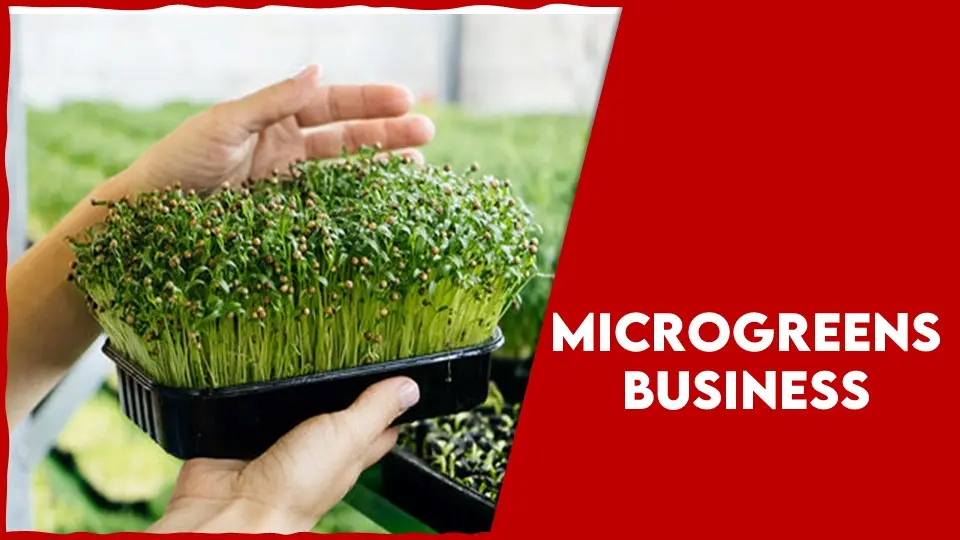
- Where To Buy Wheatgrass – What Would Be The Best

- How to Grow Cilantro Sprouts – The Best Facts One Needs To Know
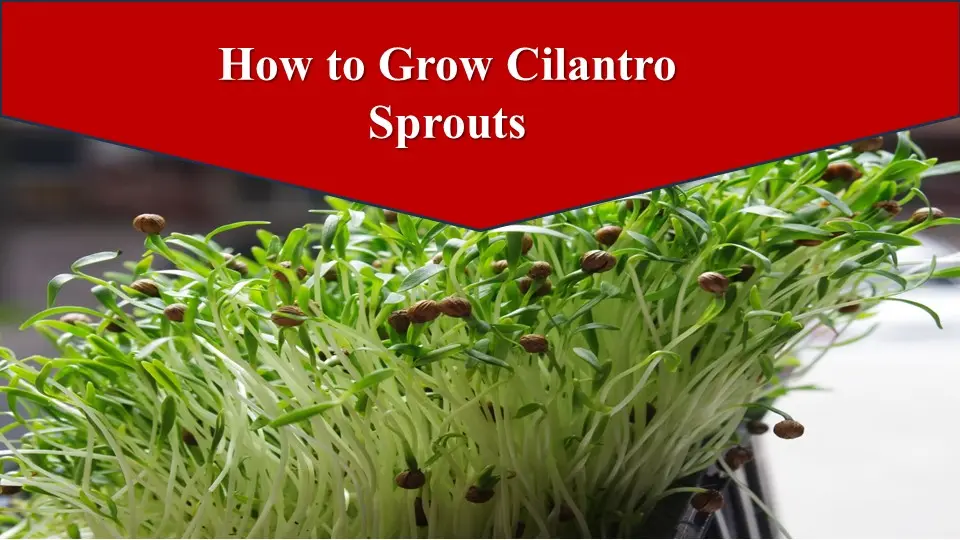
- How To Sell Microgreens – Best Tips To Follow

